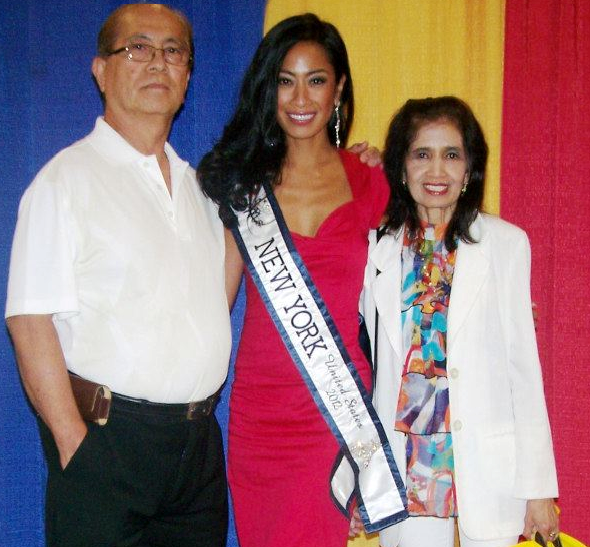When the History teacher is a reality TV show called ‘Pawn Stars’
By Cristina DC Pastor
I came across “Pawn Stars” for the first time in Hong Kong. It was one of the shows bundled in with my husband’s TV programming, together with Al Jazeera and France 24, “Duck Dynasty,” alien updates, and true crime.
Talk about an entertainment wasteland!
But when sightseeing fatigue sets in, watching TV becomes a way to relax tired legs savaged by too much walking. That’s when “Pawn Stars,” a reality show about a successful pawnshop in Las Vegas called Gold & Silver Pawn Shop, caught my attention.
The show follows the Harrison family as members receive items brought to their store for pawning or for sale. Lead star Rick Harrison is the store owner, who is assisted by his son Corey, a trained appraiser, and Corey’s childhood friend Chumlee. Rick’s father, called the Old Man, is mainly in the background providing cantankerous comments and the occasional wisecracks if he is not nodding off. What good is a reality show if there is no ‘villainous Omarosa’?
The show’s addicting allure is the wide array of collectibles and memorabilia brought to the store, and the information that comes with it. One show I watched had a box of cigars, a gift to then President John F. Kennedy. The seller’s opening price was $95k. Rick Harrison haggled hard to bring the price down and eventually settled for $60K.
“To actually have a cigar box that sat on his desk in the Oval Office? It’s just one of those things I can only dream about,” he said on the show.
I learned that the Philippines was one of the countries that had gifted JFK a box of cigars, but the show did not say where the cigars on sale came from.
There have been numerous items considered presidential memorabilia that have been appraised. A theater playbill from the night that Abraham Lincoln was assassinated; a nightstick believed to be owned by Ulysses S. Grant; a letter written by Secretary of State John Quincy Adams before he became president; and a Ray Ban supposedly owned by George H.W. Bush have, as they say, “walked through the door.” Some have been sold, others not because the pawn shop and the seller cannot agree on price. Sometimes, the item is a fake.
Other items, such as rare photographs from World War II and hand-drawn maps from Normandy, are equally narrative-rich as are pop culture collectibles, including a rare guitar said to be owned by Paul McCartney or Elvis Presley’s original medical records.
Rick provides a backstory to each of the items of value. Sometimes, the show brings in experts to give the items a bit of historical background and an appraised value. The stories are short so I supplement them with information I find online. Most times the sellers overprice their items but it is, I believe, in anticipation of Rick’s low-balling tactics.
I still can’t get over how the show has pulled me in and got me addicted. It is surely the magic of television at work, and the diversity of merchandise. The four-person cast, some of whom I find annoying, has their own cult following, which makes the show a cable goldmine.
Media has become an accepted educational tool. We now have classrooms with TV sets and computers for each student. History is one subject that can benefit from an ingenious and – ok, entertaining — presentation via the electronic media. “Pawn Stars” is not an exact template I will recommend, but it has elements that we can adopt and tailor for classroom purposes.













This show has its own audience.They never leave the show because of the fun there.